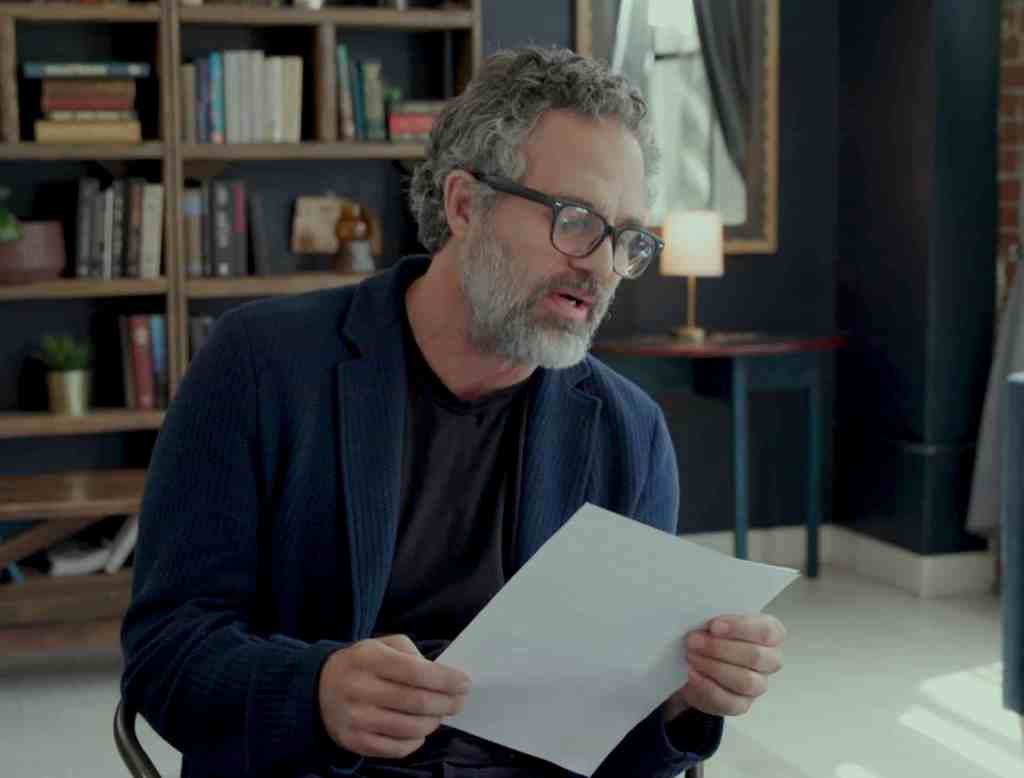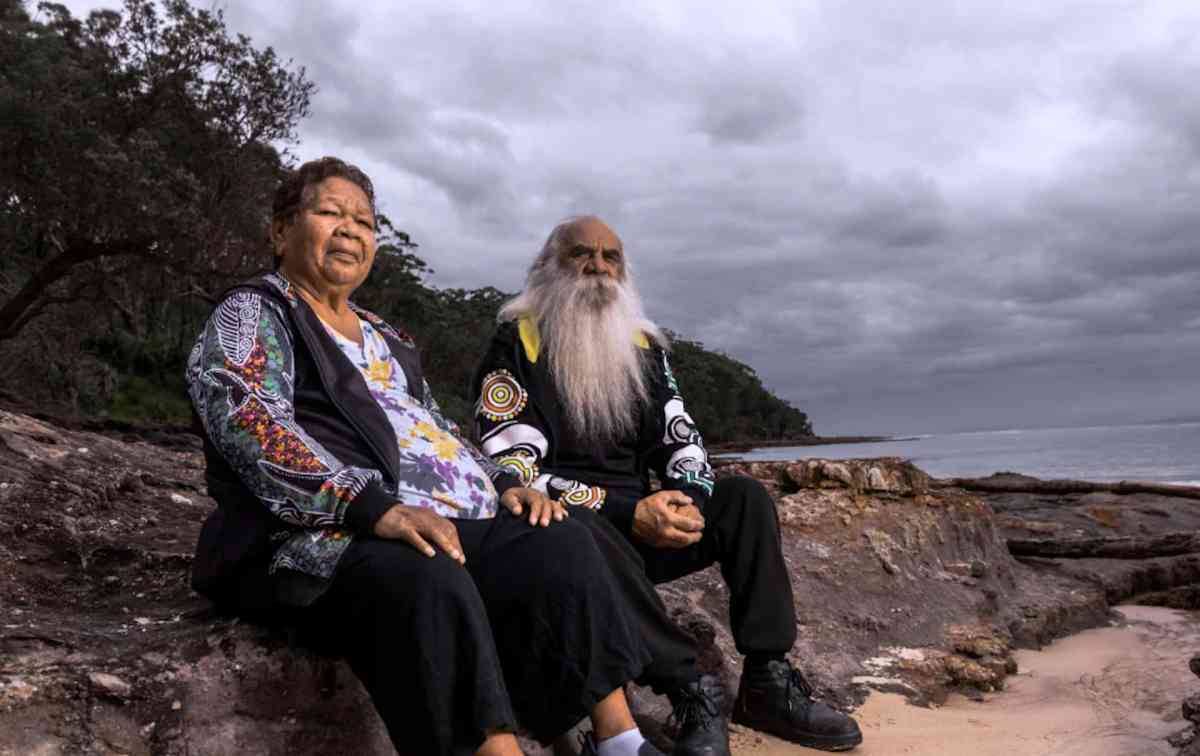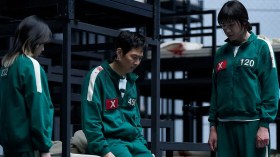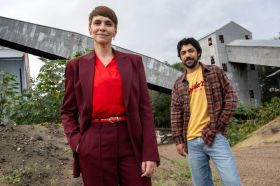By the time I was born in Glasgow on a no-doubt rainy night in late November 1978, cancerous PFAS ‘forever chemicals’, first created in the 1930s in laboratories of Minnesota-based American conglomerate 3M, had almost certainly wormed their toxic way into Scottish waters.
They reached Australia, half the world away, too.
Introduced into everything from firefighting foam to rainproof jackets, pots and pans to grease-proof burger wraps, they are everywhere. They never naturally break down in the environment and linger in our bodies.
As Hollywood star Mark Ruffalo puts it in the new Stan documentary Revealed: How to Poison a Planet, ‘There’s nothing you can do without coming into contact with it. It’s intense, man. It’s huge.’
Fire in the blood
Ruffalo depicted environmental lawyer Rob Bilott alongside Anne Hathaway as his wife Sarah in the Erin Brockovich-recalling, nerve-shredding 2019 Todd Haynes thriller Dark Waters, that exposed DuPont Chemicals’ use of this microscopic menace in Teflon.
Bilott reluctantly got involved in a case involving the mass death of cows near DuPont’s West Virginia plant in 1998, soon grasping that this seemingly localised event was, in fact, a symptom of a much bigger conspiracy to cover up the clear and ever-present threat posed to human lives.
Both men sit down together with lawyer Gary Douglas in this bracing documentary that tries to pin down who knew what and when at 3M, the company that started all of this but, until very recently, didn’t receive the same scale of condemnation as DuPont.
Directed by Australian filmmaker Katrina McGowan and prominently featuring the investigative work of tenacious Sydney Moring Herald journalist Carrie Fellner, How to Poison a Planet goes beyond the American headlines. It reveals the horror of how these chemicals have destroyed the Cultural fabric of remote First Nations community Wreck Bay Village.
Some three hours’ drive south of Sydney, Wreck Bay is paradise on Earth, with azure waters, white sands and blue gums clinging to undulating hills. A place of abundance blessed with sacred spaces, its respectful residents and their ancestors have cared for this place across millennia. They thrived on fishing, with swimming second nature to their kids.
But Wreck Bay’s natural riches have been ruined by the catastrophic use of firefighting foam by unwitting cadets at the Royal Australian Naval College in nearby Jervis Bay. This forever chemicals-laden retardant, once used by cadets without masks or gloves, ran off the base’s runway and flushed into the creeks that lead directly to the waters of Wreck Bay.
The damage caused to this small community – some were also cadets – is unimaginable, with cancer diagnoses and heart attacks off the charts compared to the Australian average. Sacred places are no longer able to be accessed because of the toxicity levels, all leading back to 3M and on to the halls of power in Canberra.
Who knew what and when?
If the documentary is a little haphazard in its construction, with oddly clipped interviews, particularly the American talking heads who are rightly pushed to the background but perhaps a touch too much, then the focus on the Wreck Bay residents is where How to Poison a Planet truly comes into its own.
One after the other, these stoic souls who have lost so much – personally, as a community and in the enforced disconnection from their ancestors – bring the facts of this monumental atrocity home in a way that Dark Waters could not. They take the fight to the Australian government, specifically the Department of Defence, whose mission it is to serve and protect.
How much did Defence know and when?
This is bigger than America. We are not safe half the world away. Nowhere is. As of today, a startling 98% of the world’s population has traces of this ticking timebomb in their blood, with some communities more directly affected than others. The clusters of cancer, heart attacks and associated issues, particularly affecting young people, speaks truth to malignant silence.
Compelling stuff marginally hampered by cheap-looking presentation, How to Poison a Planet reveals that the risk was made abundantly clear to 3M as early as 1978.

Mark Ruffalo in Revealed: How to Poison a Planet. Image: Stan.
Ruffalo, a notable campaigner, underlines the calculated decision to bury this reality with indignant yet charismatic insistence. Fellner, an equally engaging screen presence who could and should have been more central here, backs this up in her research, both into the American communities affected and in her dogged determination to follow the paper trail buried in the Defence vaults.
Though we could have done without the embarrassingly staged and stilted footage of Fellner in conversation with SMH editor Bevan Shields and fellow investigative journalist Michael Evans, who do not share her ease on camera.
The Wreck Bay Elders most clearly and succinctly underline the incalculable damage done. Poisoning the land and waterways is anathema to Aboriginal culture. Images of Elders and babies daubed in ochre playing in the water chills the bones.
If we are mostly water, and we return that to the land when we are gone, one Elder suggests, then PFAS is not only poisoning the future, but also the ancestors.
Colonialism wreaking mayhem in the blood.
Revealed: How to Poison a Planet premieres on Stan on 28 April.
Actors:
Mark Ruffalo, Carrie Fellner
Director:
Katrina McGowan
Format: Movie
Country: Australia
Release: 28 April 2024





